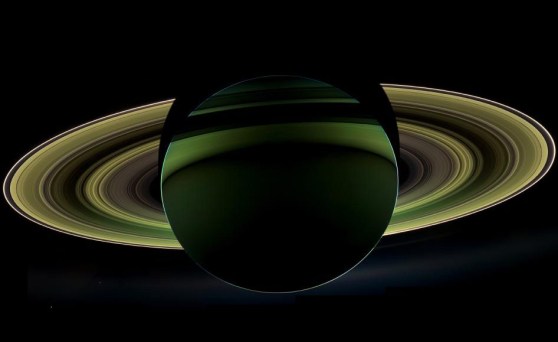Forgive my absence gentle readers, I was on a well deserved R & R after the preceding, and life changing, two months (I had some evergreen content timed to go, I thought. But, well, for whatever reason Microsoft won again …). After which I was deemed healthy enough to return to work full time. So, last week the House was supposed to hold an important hearing on the danger posed by Near Earth Objects, a hearing so important it was at first postponed indefinitely and, I’m now told by trustworthy sources, rescheduled for next week on March 19. It’s interesting to hear what planetary scientists think of the people who are actually on that committee and by extension the party that controls it: [Read more…]



